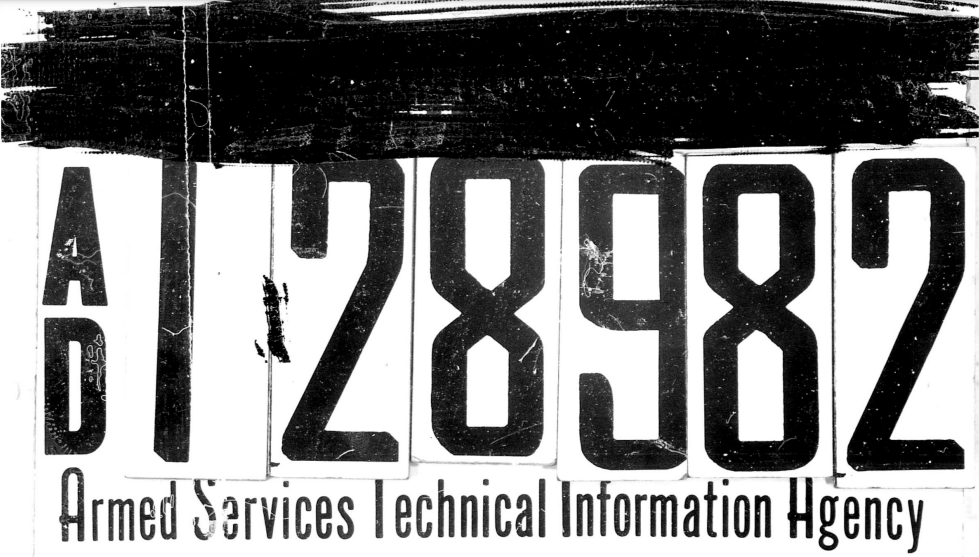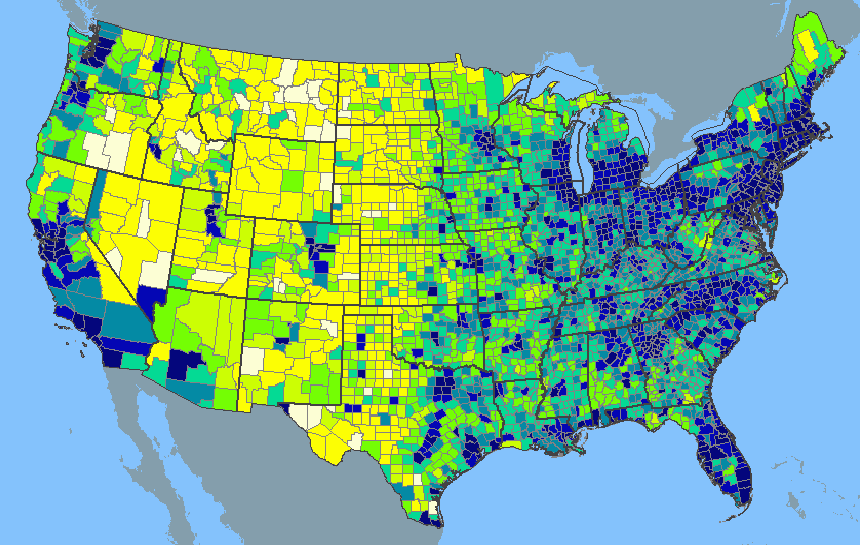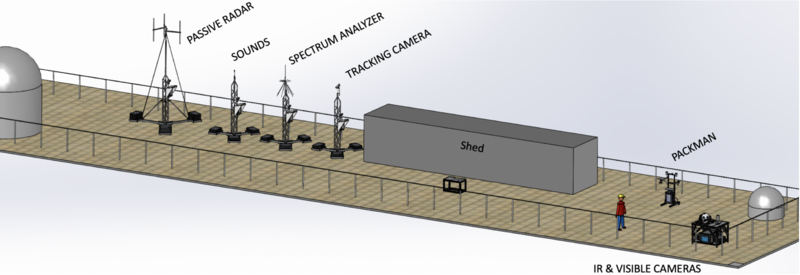After 7 months of review, the first paper of the Galileo Project was published in the Journal of Astronomical Instrumentation (JAI) on May 13. This eagerly anticipated work presents the methodology, instruments, and processes for studying Unidentified Aerial Phenomena (UAP). It is one of the first scientific initiatives organized since the revelation of a secret UAP study group within the United States Department of Defense in 2017.
Led by renowned astrophysicist Prof. Abraham "Avi" Loeb, the Galileo Project is exclusively funded by private donations. Its goal is to study UAP while considering the possibility that some may be remnants or active extraterrestrial technology.

A Long History
The 43-page paper serves as a comprehensive guide to the scientific study of UAP. It includes a brief history of the field, beginning with Project Sign in 1948, followed by Grudge in 1949, and then Blue Book until 1969. Publicly, the U.S. military has been at the forefront of UAP studies. Although the Condon Report concluded the Blue Book project by stating that "further study of UAP would be of marginal scientific utility," the paper acknowledges atmospheric scientist James McDonald's counterargument. McDonald noted that about one-third of the cases examined by the Condon Report were classified as "unexplained."
The Galileo Project's paper also mentions other notable UAP agencies, such as Project Condign released by the UK in 2006, the French study group GEIPAN, and Canada's Project Magnet in 1968. However, it highlights that there are currently only three active scientific research groups dedicated to UAPs: the Interdisciplinary Research Centre for Extraterrestrial Studies at Julius–Maximilians–Universität Würzburg, Germany; UAPX, a group of scientists, technicians, and ex-military UAP witnesses; and the UAP technical commission of the Association Aéronautique et Astronautique de France, also known as "Sigma2." The paper also mentions long-term investigations in the Hessdalen Valley, Norway, since 1984; the Yakama Valley from 1972 until 2007; and Piedmont, Missouri, from 1973 until 1981. These investigations have collected numerous UAP pictures and hours of recorded data from instruments.
Regarding these documents, the paper states:
“The majority of the aforementioned field studies, like the majority of written information regarding UAP, is [sic] contained in a vast “gray literature" that includes books, conference papers, technical reports, websites, and unpublished materials. “ [...] “This literature is also a rich source of information about measurements that could have been used to characterize and potentially identify the phenomena described in UAP reports, and hence can usefully inform the design of instrumentation for the study of UAP.”

Out Of The Shadows
Despite half a century of technological advancements, very little progress has been made in understanding these phenomena. The paper proposes an all-in-one architecture to collect, corroborate, source, compare, and sort data recorded from ground observatories tracking unidentified objects. The main idea, explained in section 3, is to create a repository containing signatures of every craft, object, or phenomenon and then search for outliers and anomalies that do not fit the general set. Ground observatories equipped with a variety of detectors will be set up in different study areas.
As outlined in section 7, these ground observatories will be located in 10 areas with diverse conditions and will monitor the airspace for up to 5 years. Each primary site of observation will be “ surrounded by multiple, smaller secondary sites” hosting “ancillary instruments that capture critical information for triangulation of aerial phenomena”, allowing the deduction of speed, range and rate of turn. Secondary sites may also include microphones, magnetic sensors, radio antennas, up to 150 km (93 mi).
The paper also mentions that UAP hotspots can be identified by comparing a population model with the reported numbers from the National UFO Reporting Center (NUFORC). It notes that high-profile testimonies, such as the West Coast Nimitz case of 2004 and the East Coast Navy training area made famous by Lt. Ryan Graves in 2019, can validate a site.

Look Up
Section 6 of the paper describes the instruments implemented in observatories. Based on the current Phase 1 Observatory located on the roof of the Harvard-Smithsonian Center for Astrophysics, subsequent observatories will be equipped with five different categories of sensors. Wide-field cameras, including eight Forward Looking Infrared (FLIR) cameras and two optical all-sky cameras, will locate aerial objects and triangulate their positions in the infrared spectrum. Narrow-field cameras will track targeted objects, creating a comprehensive file of information. An array of radio sensors will record many electromagnetic (EM) signatures, including passive radar signals, radio emissions, and microwaves, using a spectrum analyzer. Additionally, an antenna will record aircraft GPS trackers (ADSB). To monitor the environment, another array of sensors will record background noise, including multiband sound frequencies, pressure, temperature, humidity, wind velocity, cloud cover, geomagnetic field, and high-energy particles. These detectors are enclosed in a specific apparatus named NPACKMAN specifically designed for the Galileo Project. Future iterations may also include an ultraviolet camera. All sensor data will be stored in a protected and encrypted archive for designing the phase 2 apparatus and ensure the data’s chain of custody.
At the end of the paper, appendix A presents an argument defending the scientific inquiry of UAP. It explains that throughout the history of science, seemingly impossible phenomena have been explained through a long process of investigation. The authors provide numerous examples to support the notion that "extraordinary claims with intriguing but subpar evidence should be investigated rather than ignored."
The Question
Regarding the likelihood of an extra-terrestrial origin of these phenomena, the team remains agnostic. Their objective is to provide high-resolution and reliable pictures to address the lack of definitive proof concerning the existence of these alleged advanced crafts. They conclude by drawing parallels to meteor detection systems, which have been in operation for decades, noting that these systems sometimes discard images that do not contain linear streaks produced by high-altitude meteors.
That remark echoes in the halls of the United States Congress, where in February elected officials were briefed about objects shot down after the filters preventing their detection were lowered.
Main picture :
First all-sky Galileo Observatory for UAP on the roof of the Harvard College Observatory (Cambridge, MA)
By Authors of the study: Abraham (Avi) Loeb and Frank H. Laukien (possibly also other Galileo Project members) - , CC BY 4.0,

